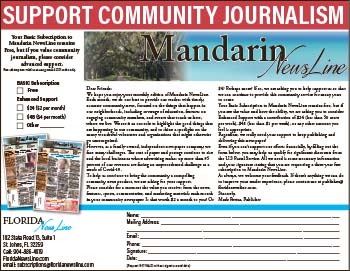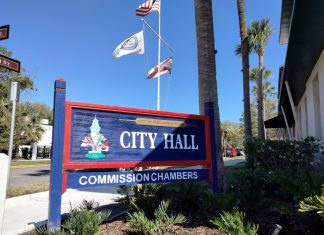By Debi Lander
mail@floridanewsline.com
Barcelona ranks as one of Spain’s top tourist destinations — for good reasons. This dynamic Mediterranean city of more than 1.6 million residents offers a rich blend of architecture, culture, history, and food.
Gaudí’s Barcelona: The city’s most iconic landmarks are the creations of hometown superstar architect Antoni Gaudí. His whimsical, imaginative style defines much of Barcelona’s architecture.
The crown jewel is La Sagrada Família, the still-unfinished basilica that has become a symbol of the city. Construction began in 1882 and continues to this day, with projected completion in the late 2020s. The Nativity façade resembles a drippy sandcastle, with intricate sculptures of people, animals, and biblical scenes. The Passion façade is stark, angular, and emotional — conveying the suffering of Christ. Be sure to book tickets well in advance; they sell out. Personally, I’d skip the tower tour — the views were mostly blocked by scaffolding.
Next is Park Güell, another Gaudí masterpiece, located on a hill above the city. While the park is stunning — with colorful mosaics, serpentine benches, and fairytale-like buildings — it can be hard to reach. Unless you enjoy long uphill climbs and staircases, take a taxi or public transport. You can tour a former Gaudí residence and others looking like Hansel and Gretel gingerbread cottages. My personal favorite Gaudí creation? Casa Vicens, the first house he designed in Barcelona. Originally a summer home, it’s a delightful mix of color, pattern, and Moorish-inspired fantasy. It’s less crowded than his more famous works, and the audio guide is excellent — just bring your own earbuds.
Music and Architecture: If you have time, attend a concert at the Palau de la Música. If not, take the guided tour. Built in 1908, this Art Nouveau concert hall feels like it was constructed yesterday, thanks to its brilliant design and restoration. Expect stained glass, mosaic tiles, and ornate sculptural details — truly one of the most beautiful performance spaces I’ve ever seen.
Culinary Highlights: Foodies should consider a hands-on experience at the Barcelona Cooking School. My class included traditional dishes like tomato-rubbed bread, chicken paella, and a silky Spanish crema, similar to crème brûlée. Before class, we toured the fabulous Boqueria Market — a vibrant explosion of color, smells, and flavors. I only wish I’d discovered it earlier!
Neighborhood Strolls: Las Ramblas, the city’s famous pedestrian boulevard, is lined with shops, cafés, and street performers. Though it can be touristy, it’s a fun stroll. The Gothic Quarter is a maze of medieval lanes, tucked-away plazas, and Roman ruins. While I skipped the interior of the Barcelona Cathedral, the exterior is breathtaking, especially when lit up at night. Nearby, check out the Picasso Museum, home to hundreds of early works that show a different side of the famous artist. Also consider the Museum of the History of Barcelona where you can walk through underground Roman ruins.
Day Trip: Montserrat: One of my favorite experiences was a day trip to Montserrat, a jagged mountain range about an hour outside Barcelona. A cogwheel train took us up to the monastery complex and the Basilica of Montserrat, home to the revered Black Madonna statue. Note: If you want to get up close to the Madonna, you’ll need a timed ticket — I didn’t have one, so I viewed her from below the altar. Afterward, my tour included lunch and a wine tasting at a centuries-old vineyard. The views of the Catalonian countryside were the perfect contrast to the buzz of the city.
What I Missed: I didn’t have time to visit (and wish I had), Montjuïc, the hill above the city with its Magic Fountain show, Olympic venues, or Barcelona’s beaches.
Visit www.bylandersea.com to read more of local travel writer Debi Lander’s stories and travel tips.
Photo courtesy Debi Lander
Dramatic mountains of Montserrat.













